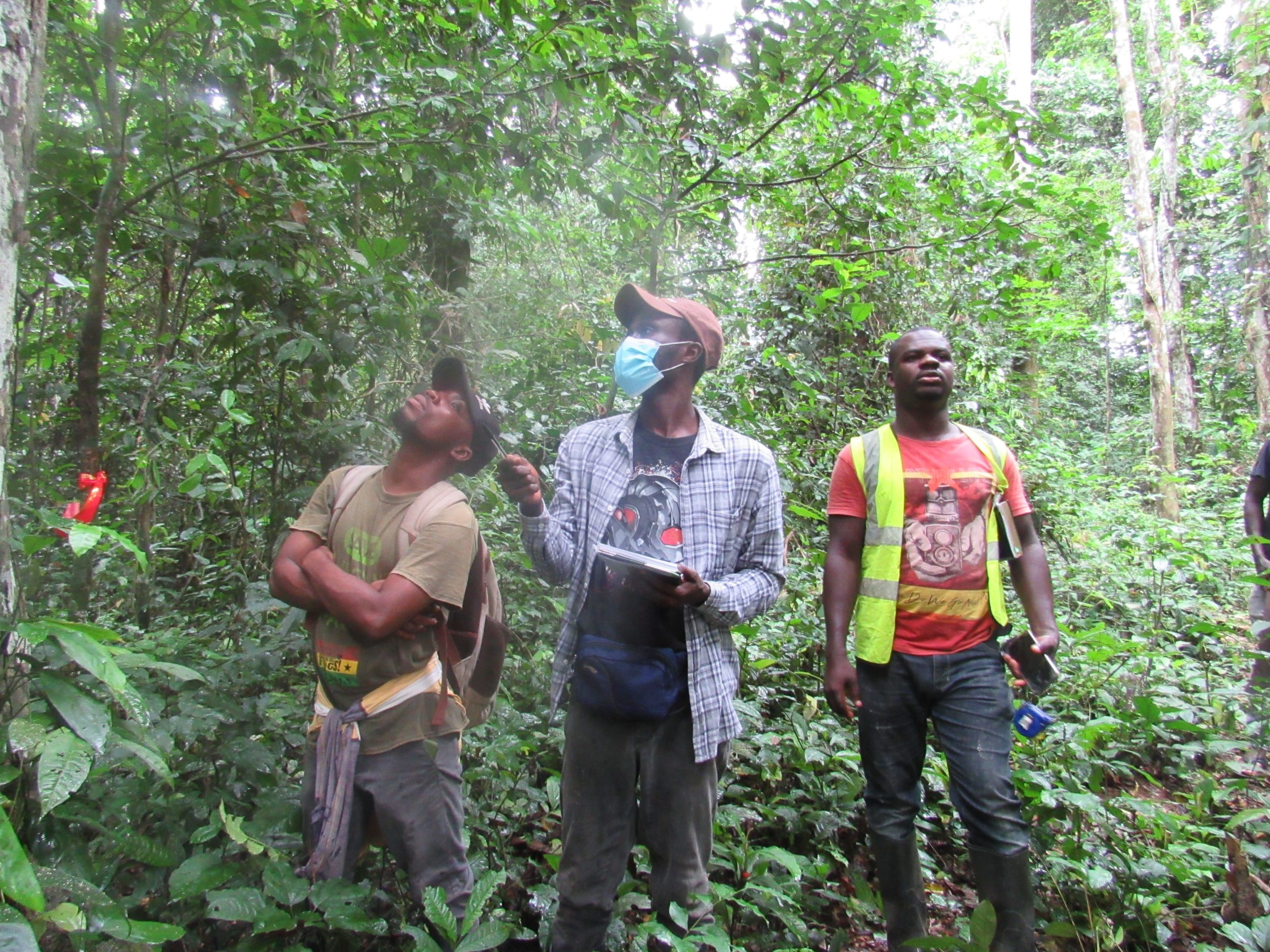
Baer’s Wood Mouse (Hylomyscus baeri) has been scarcely studied. It was officially described in the 1960s but is still only known from a few localities in West Africa. This species is listed as Endangered in the most recent IUCN Red List assessment, given that it has only been found in small area where it is declining in number and losing habitat.
This distinctive, tawny brown mouse is larger than its more common cousin, the West African Wood Mouse (H. simus), with a white underbelly bordered with a yellowish line of fur, long slender tail and comparatively large eyes and ears. It has only been formally recorded a handful of times in Ghana and Côte d’Ivoire, with single records also known from Sierra Leone and Guinea. It has been found in secondary forest, forest edge and plantations and, more recently, swamp forest. We know little more about this species’ ecology or life history.

Baer’s Wood Mouse depicted in Wilson et al. 2017.
We are pleased to report that SMSG member and conservation scientist Prince Adu-Tutu has been awarded a Rufford Foundation grant to study Baer’s Wood Mouse in Ghana and start to fill some of the gaps in knowledge. Prince’s project has 3 primary objectives to:
- estimate the population and distribution of the Baer’s Wood Mouse,
- identify the major threats and drivers to the Baer’s Wood Mouse and its habitat, and
- launch a conservation education and awareness campaign in selected fringe communities to enhance understanding of the Baer’s Wood Mouse, threats to the forest habitat and the value of biodiversity.

From left to right: Researcher Prince Adu-Tutu; survey team with forest guide; setting up a Sherman trap. Source: Prince Adu-Tutu.
From early next year, Prince will be conducting his fieldwork with a team of colleagues from two local NGOs in Ghana: EcoWild Conservation and the Institute of Nature and Environmental Conservation. Once accessible sampling sites have been identified within two southern forest reserves, Prince will be deploying a series of Sherman traps to measure small mammal presence in the area.
Unfortunately, the reserves are under threat of deforestation for agriculture and illegal logging. Many small rodents are further at risk from people where they may be perceived either to be a nuisance, or a source of food. With his awareness campaign, Prince therefore hopes to reinforce the importance of these reserves for rare species such as Baer’s Wood Mouse, and hopefully help to stimulate greater interest in rodent conservation.
Author: Abi Gazzard (SMSG Programme Officer)

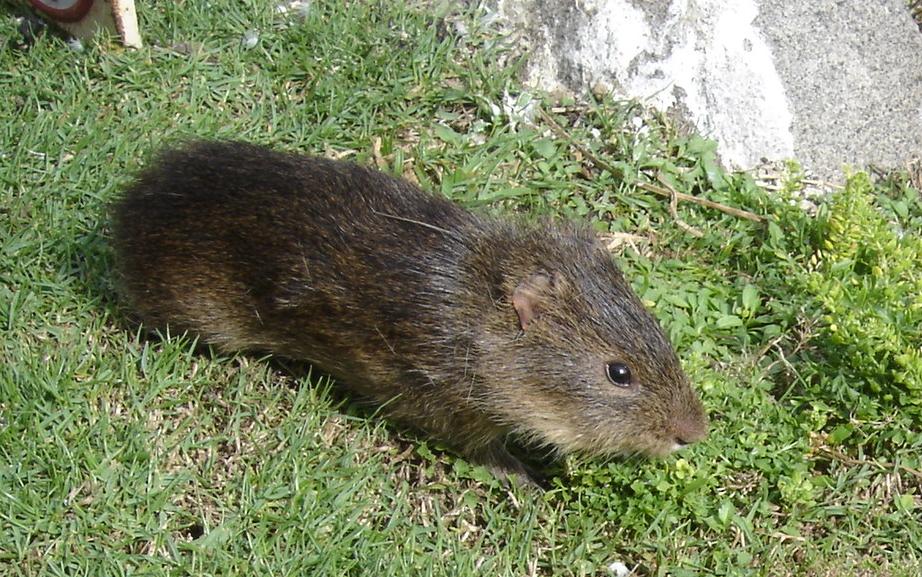
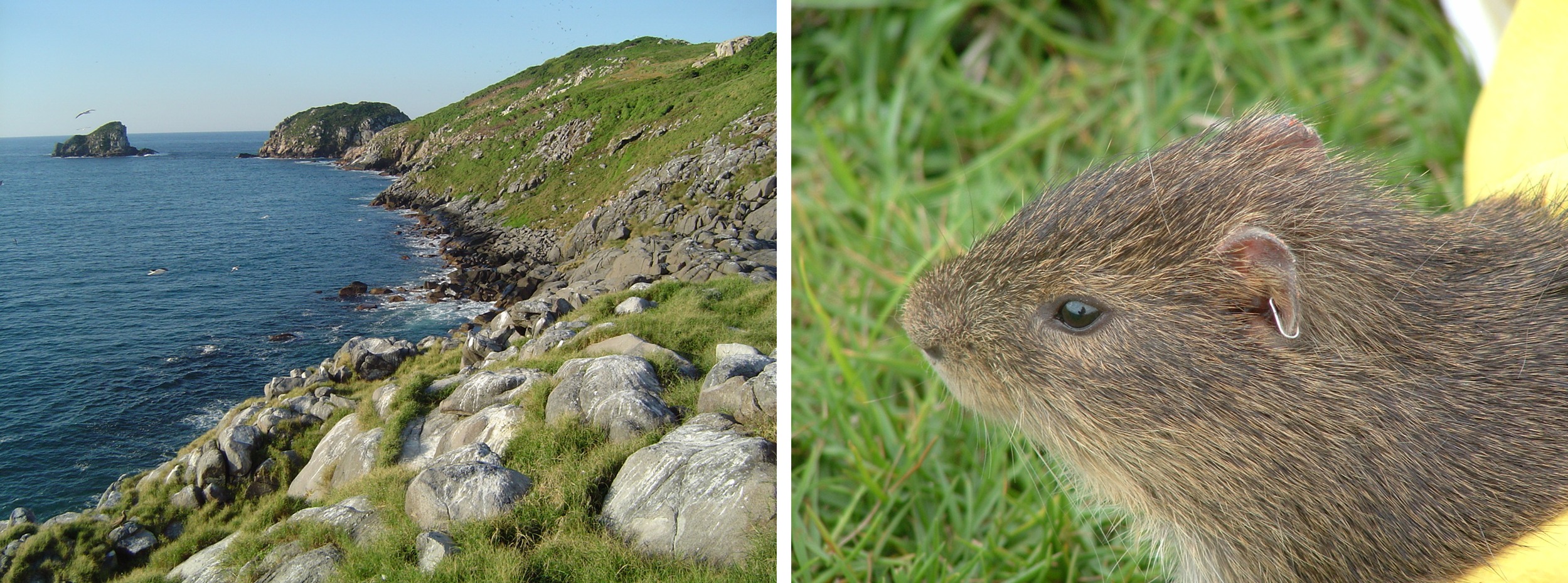
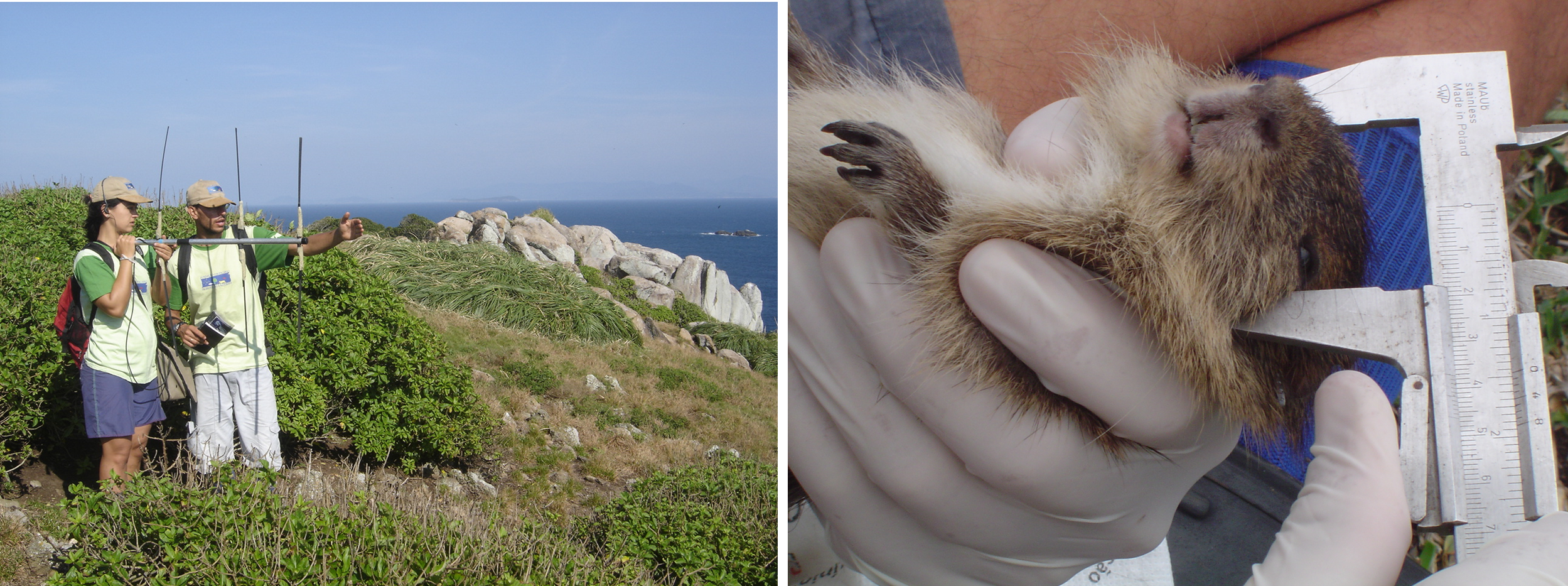
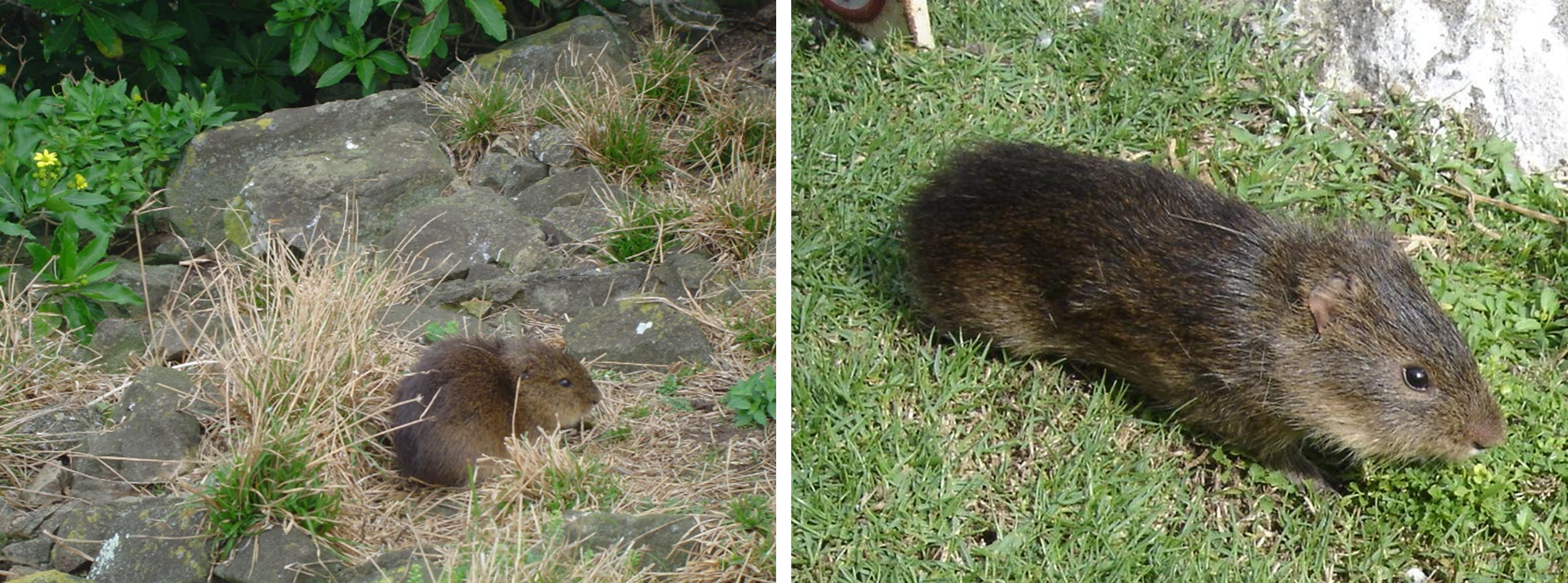
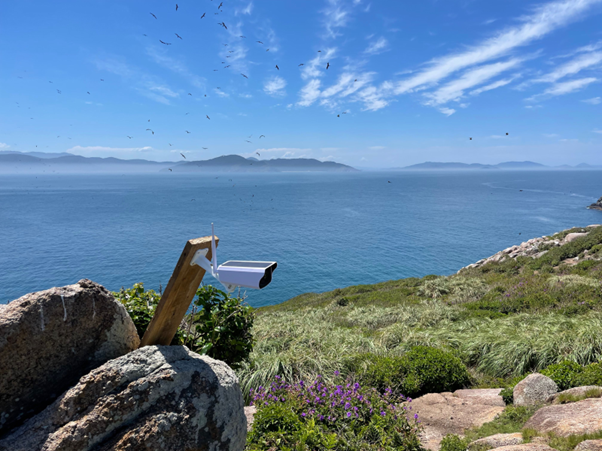




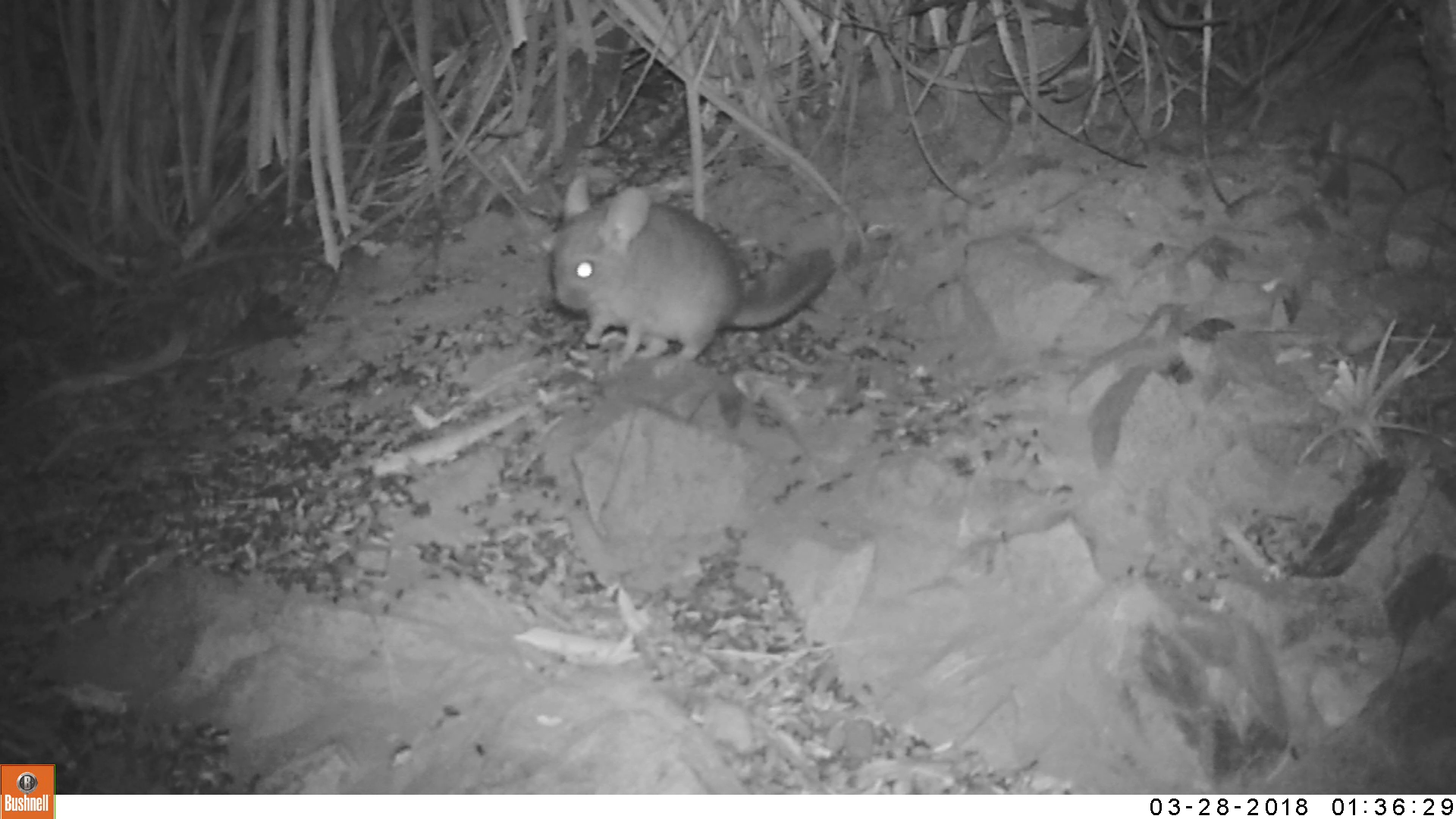


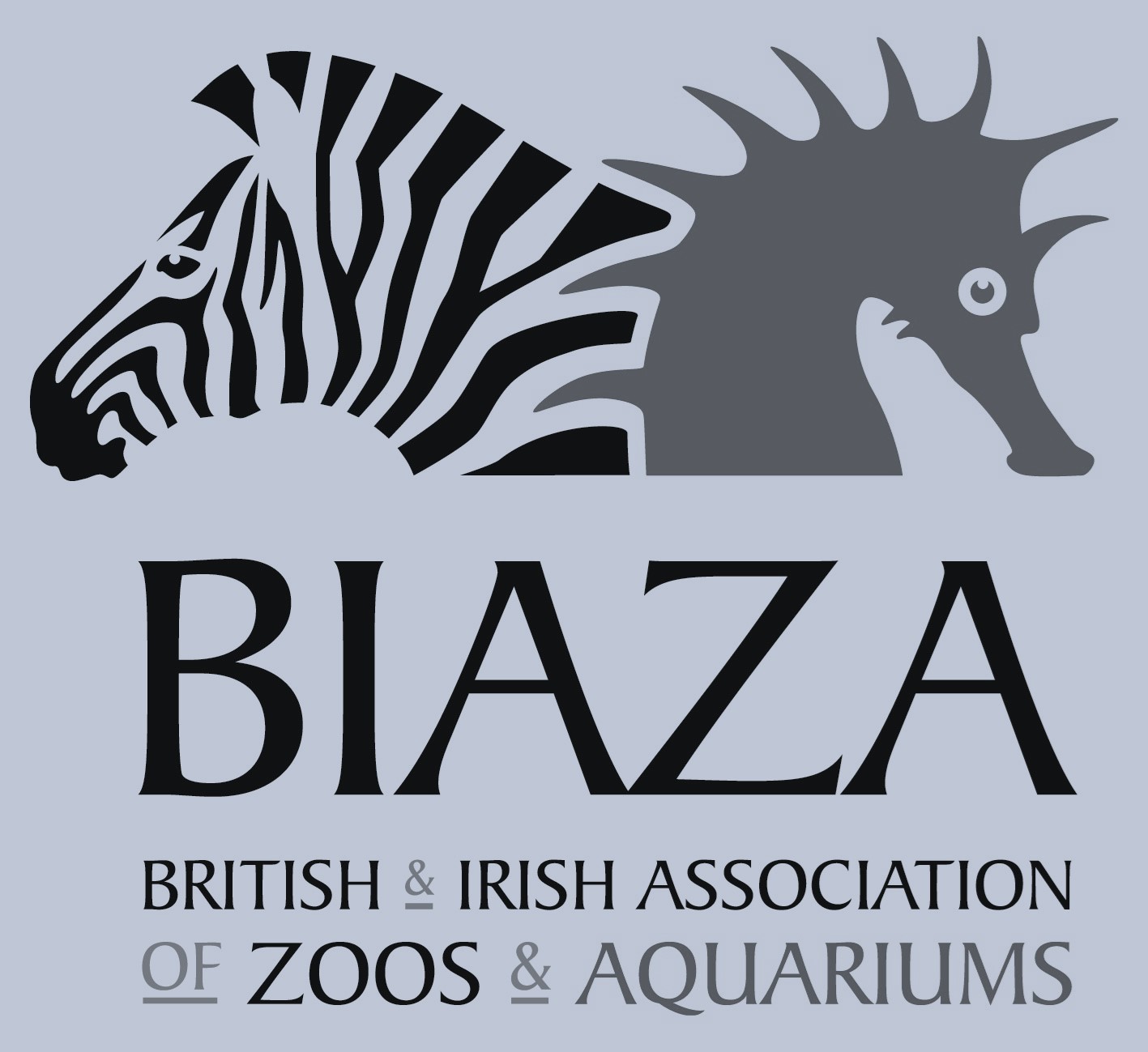
 Small mammals exhibit remarkable functional, morphological and phylogenetic diversity. They
Small mammals exhibit remarkable functional, morphological and phylogenetic diversity. They 
 The Malagasy Giant Jumping Rat is the only living species in the
The Malagasy Giant Jumping Rat is the only living species in the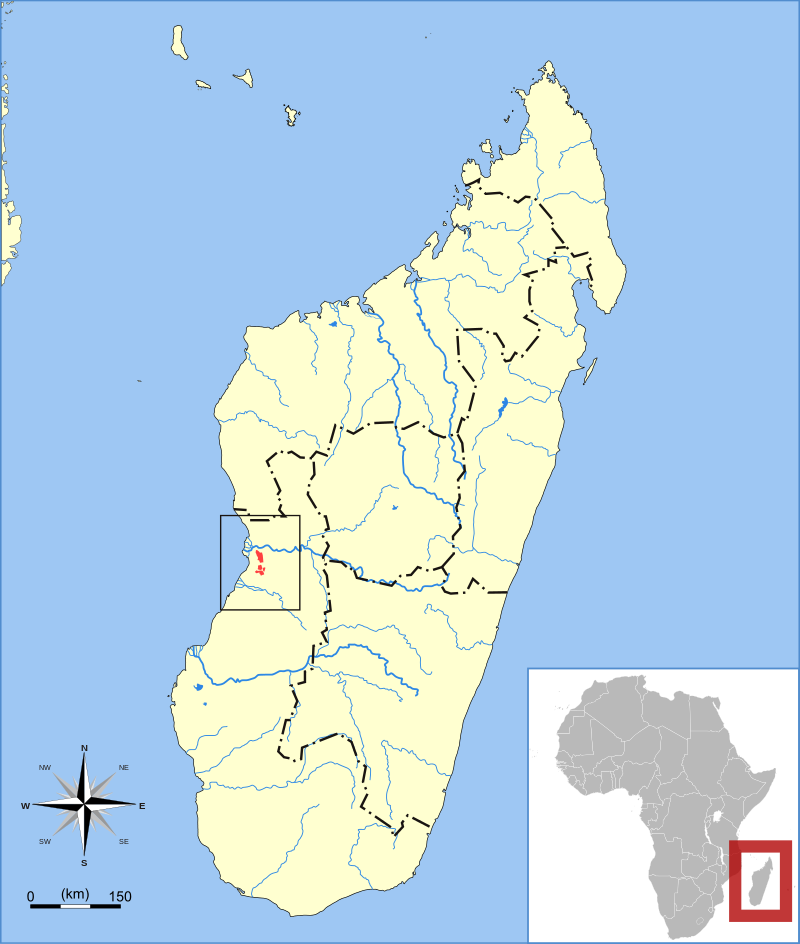


 My six month internship at Durrell Wildlife Trust and the IUCN SSC Small Mammal Specialist Group has been an exciting and fulfilling adventure. Despite having spent the majority of my time working remotely, the distance felt much shorter with a team that made me feel very much welcomed. I looked forward to our Durrell weekly Monday catch up sessions, always getting inspired by the exciting fieldwork my other colleagues have planned. Coming directly into the internship from my academic studies, this internship was great exposure to the working world of conservation. As my tasks were wide-ranged, I was able to experience what it was like to work in multiple dimensions of conservation and decide whether I enjoyed it. I not only acquired more knowledge of small mammals and their ecology, but I also further sharpened my research and writing abilities. From writing my first press release for the conservation status change of the Pyrenean Desman, to amending Red List accounts on the water vole and Sinharaja shrew, to submitting an article on the Southeast Asian rodent meat trade for publication, these tasks honed my ability to be an independent researcher. One of the perks of working in a reputable organisation such as this one is the connections I have made, especially with TRAFFIC and Wildlife Conservation Society. These connections will no doubt be useful in the future as I continue my journey as a conservation scientist. Finally, I would like to personally thank my supervisor, Ros, for her guidance and support throughout my internship, and for overall making my experience more pleasant and enjoyable.
My six month internship at Durrell Wildlife Trust and the IUCN SSC Small Mammal Specialist Group has been an exciting and fulfilling adventure. Despite having spent the majority of my time working remotely, the distance felt much shorter with a team that made me feel very much welcomed. I looked forward to our Durrell weekly Monday catch up sessions, always getting inspired by the exciting fieldwork my other colleagues have planned. Coming directly into the internship from my academic studies, this internship was great exposure to the working world of conservation. As my tasks were wide-ranged, I was able to experience what it was like to work in multiple dimensions of conservation and decide whether I enjoyed it. I not only acquired more knowledge of small mammals and their ecology, but I also further sharpened my research and writing abilities. From writing my first press release for the conservation status change of the Pyrenean Desman, to amending Red List accounts on the water vole and Sinharaja shrew, to submitting an article on the Southeast Asian rodent meat trade for publication, these tasks honed my ability to be an independent researcher. One of the perks of working in a reputable organisation such as this one is the connections I have made, especially with TRAFFIC and Wildlife Conservation Society. These connections will no doubt be useful in the future as I continue my journey as a conservation scientist. Finally, I would like to personally thank my supervisor, Ros, for her guidance and support throughout my internship, and for overall making my experience more pleasant and enjoyable. 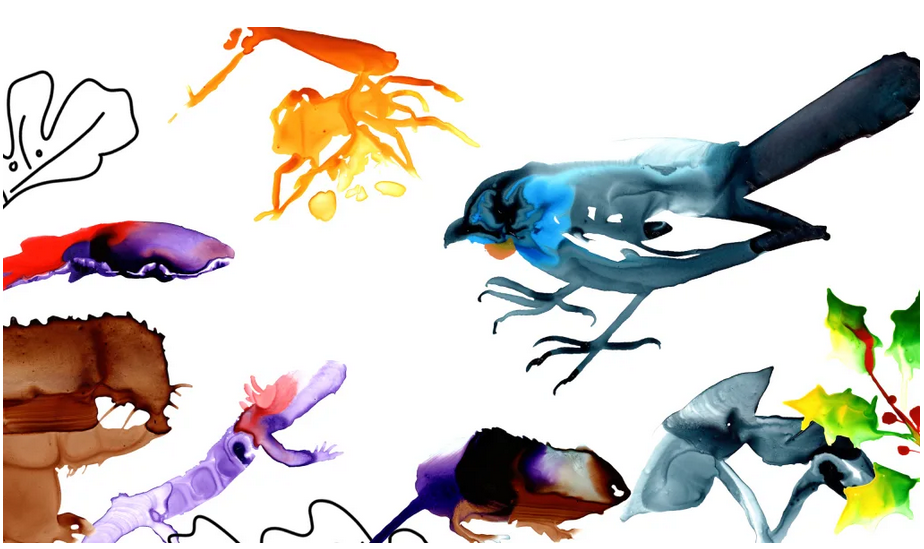
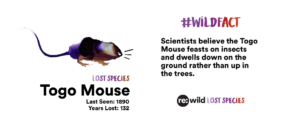 The Togo Mouse (Leimacomys buettneri) was last seen in 1890 when it was first collected about 20 km east of Kyabobo Range National Park (KRNP) near the border between Ghana and Togo. Until now, there has been limited effort to locate the species using suitable trapping methodologies, but staff from KRNP believe they know the species and refer to it locally as “Yefuli”, thus hope remains that the species may have survived within the forests of West Africa.
The Togo Mouse (Leimacomys buettneri) was last seen in 1890 when it was first collected about 20 km east of Kyabobo Range National Park (KRNP) near the border between Ghana and Togo. Until now, there has been limited effort to locate the species using suitable trapping methodologies, but staff from KRNP believe they know the species and refer to it locally as “Yefuli”, thus hope remains that the species may have survived within the forests of West Africa. 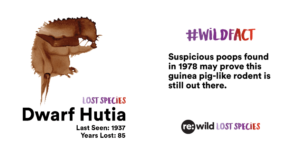 The Dwarf Hutia (Mesocapromys nanus) is a guinea pig-like rodent from Cuba, last collected in 1951. They are believed to build small platforms with holes as refuges in the dry islets and forest outcrops in the Zapata Swamp. Possible evidence of a nest and some suspicious scat was located in 1978, but continued efforts in this largely inaccessible swampy region are needed to confirm the status of the species.
The Dwarf Hutia (Mesocapromys nanus) is a guinea pig-like rodent from Cuba, last collected in 1951. They are believed to build small platforms with holes as refuges in the dry islets and forest outcrops in the Zapata Swamp. Possible evidence of a nest and some suspicious scat was located in 1978, but continued efforts in this largely inaccessible swampy region are needed to confirm the status of the species.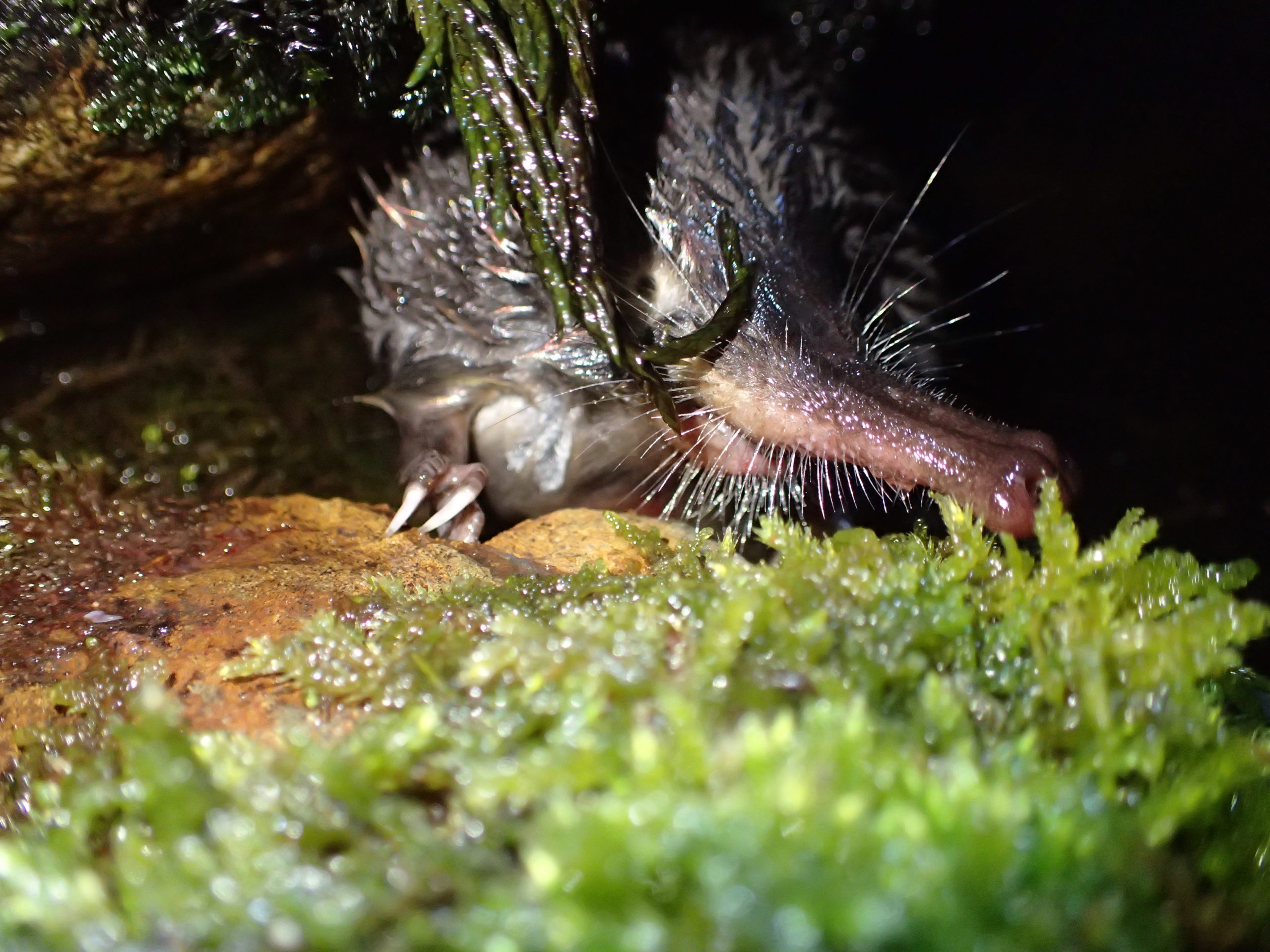
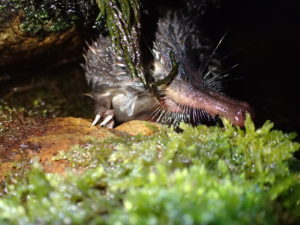 Author: Erika Lau
Author: Erika Lau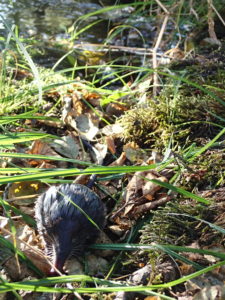






Recent Comments